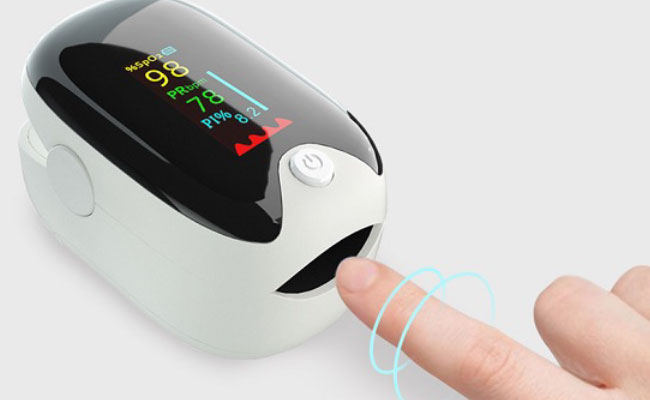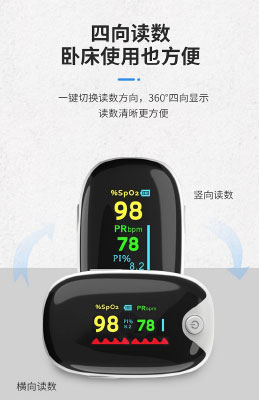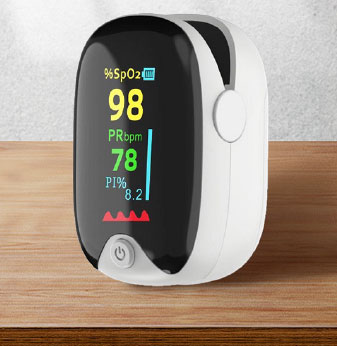
How to understand Pulse Oximeter Readings
2023-01-03
How Blood Glucose Control Affect Hypoglycemia?
2023-01-31Oxygen saturation is one of the eight vital signs as important as heart rate, pulse, blood pressure, breathing, pain, pupil and corneal reflex. Hypoxemia is a typical symptom of severe patients with the novel coronavirus pneumonia. According to the Ninth Edition of Diagnosis and Treatment Protocol for Novel Coronavirus Pneumonia, oxygen saturation of less than 93% is one of the reference basis for severe patients.
The oxygen saturation of normal arterial blood is 98%, less than 94% is insufficient oxygen supply, less than 90% is hypoxemia, and less than 80% is severe hypoxemia. When hypoxemia occurs, it will cause serious harm to the body. The following four groups of people should pay special attention to.
1. Strenuous exercise
When we are in strenuous exercise, the oxygen demand of the body increases and breathing is accelerated, which may lead to poor airflow and insufficient oxygen supply and make us feel dizzy. In this case, we can immediately go to an unmanned area or sparsely populated environment to take off the mask, breathe fresh air, sit still and rest, in order to relieve the situation of hypoxia.
2. Patients with respiratory diseases
If there is no strenuous exercise, but often appear hypoxia, dizziness, you need to consider whether they have respiratory related diseases, you can go to the local regular hospital for examination. When mask wearers suffer from underlying diseases, such as respiratory diseases such as chronic bronchitis, asthma, and chronic obstructive pulmonary disease, the patient’s ventilation itself has been reduced, and the mask blocks them, which will easily cause hypoxia.
3. Patients with chronic diseases
If you suffer from circulatory system diseases such as hypertension and arteriosclerosis, or have anemia, malnutrition, hypoglycemia and other conditions, you may also suffer from hypoxia and dizziness when wearing a mask. At this time, there are often other accompanying symptoms, such as palpitation, cold sweat, limb weakness and so on. If this happens, try to take off the mask, breathe fresh air, rest, and go to the hospital for treatment.
4. Elderly people over 60 years old
Part of the elderly population will appear the physiological aging of the heart and lung organs, there may be insufficient blood perfusion, and then appear hypoxia symptoms. Some elderly people blindly wear many layers of masks in order to protect against the virus. We should pay attention to the fact that wearing double or multiple layers of masks will not increase their anti-droplet and anti-virus ability, but will cause hypoxia due to the dense facial cover. Therefore, elderly people should pay attention to the correct and reasonable wearing of masks. In case of suspected illness, it is recommended to go to a local hospital, complete relevant tests and get treatment as soon as possible.
5. Frequent brain workers
People who work more than 12 hours a day: the oxygen consumption of the brain takes up about 20% of the body. Due to the high-intensity mental work, the oxygen consumption of the brain increases, resulting in the oxygen supply can not meet the demand.
6. Self-monitoring of blood oxygen in people quarantined at home
According to the Diagnosis and Treatment Plan for Novel Coronavirus Pneumonia (Trial eighth edition), blood oxygen saturation is one of the key conditions to judge severe cases. In the resting state, when the oxygen saturation is less than 93%, it is judged as severe cases.






